GrayGrids Team
in Review
Updated on: 12/31/2024
15+ Best JavaScript Frameworks and Libraries to Choose in 2025
The diverse variety of JavaScript (JS) technologies is similar to a double-edged weapon. On the one hand, you can get the finest framework for your client-side app; however, on the other hand, selecting a specific JS framework can become annoying.
Instead of remembering and composing code structure, you can include the libraries directly from its framework and efficiently accomplish the task. Moreover, JavaScript Frameworks and libraries allow developers to make interactive and excellent UI (User Interfaces) for web applications and websites with numerous functionalities and features.
Best JavaScript Frameworks and Libraries in 2025
Whether you prefer the reliable React.js and Angular.js or the rising players like Nuxt and Next.js, there are a bunch of cool JavaScript frameworks and libraries to pick from in 2025.
Below described are the 15+ Best JavaScript Frameworks and Libraries to choose from in 2025
React
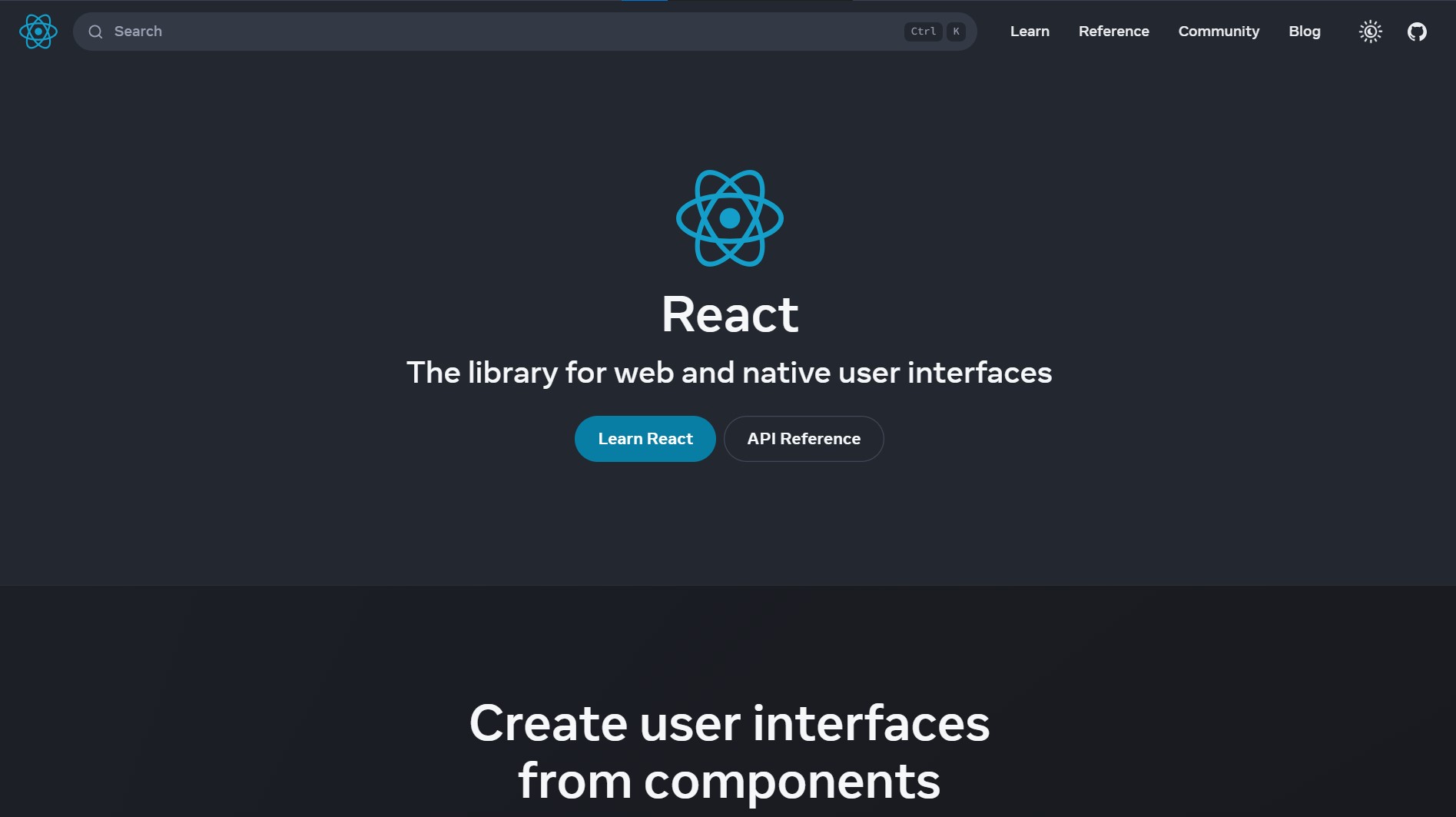
React is an open-source framework developed typically by Facebook with assistance from other key tech businesses. It designates itself as a JavaScript library for creating user interfaces, allowing you to make large-scale and complicated dynamic apps easily.
The React team has rewritten its license to make it more open for developers and encourage them to use it with any project, no matter how large. I love this robust framework as it provides developers with steady and feature-rich tools to build interfaces.
Angular
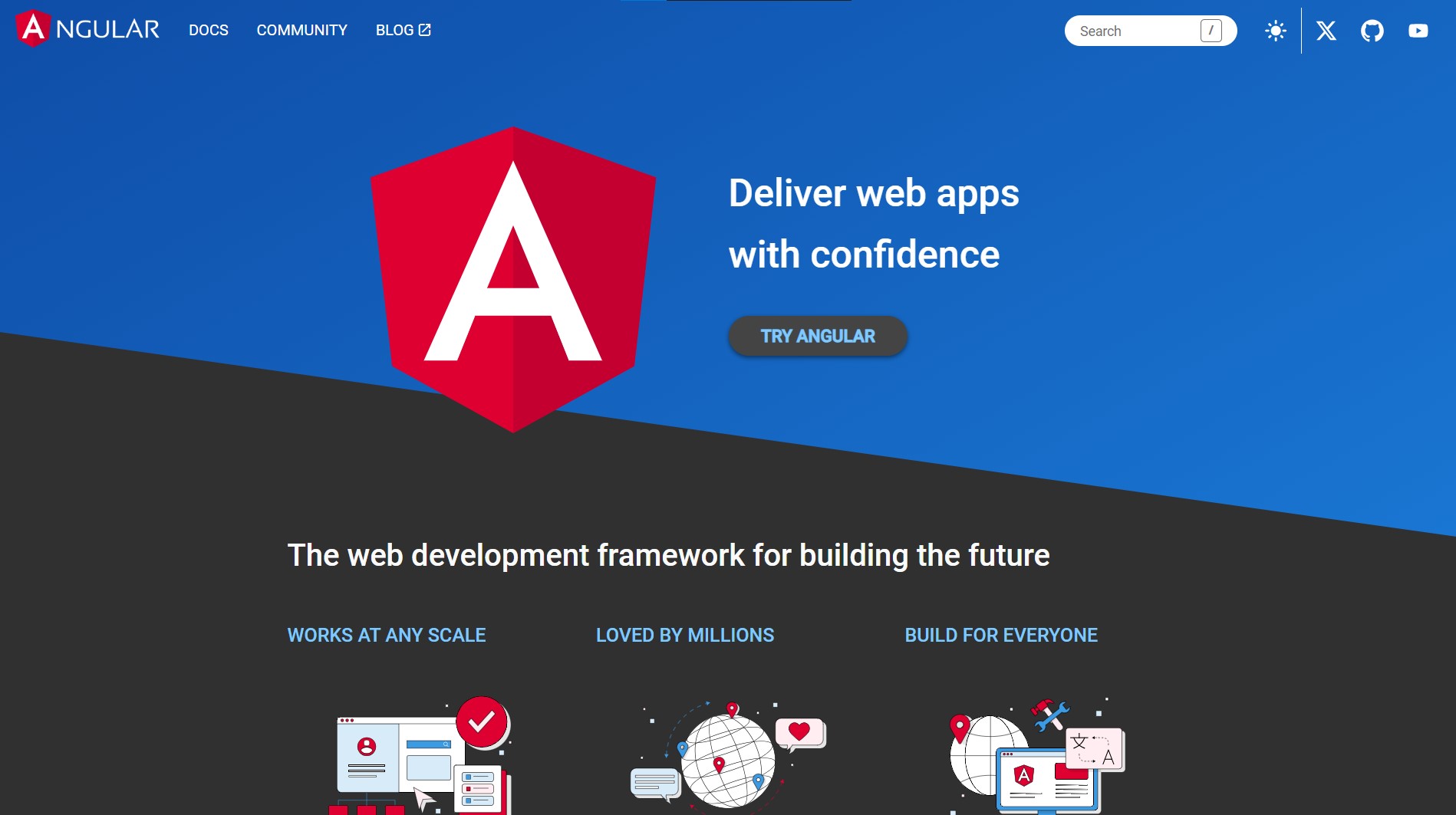
This open-source front-end web application framework is wholly based on JavaScript and libraries. Nevertheless, Google chiefly maintains it, and it even owns a prominent community of individuals and volunteers who assist in developing it. It was composed with the target of enhancing performance testability, and its repository is maintained on GitHub; hence, you can freely download it.
Next.js
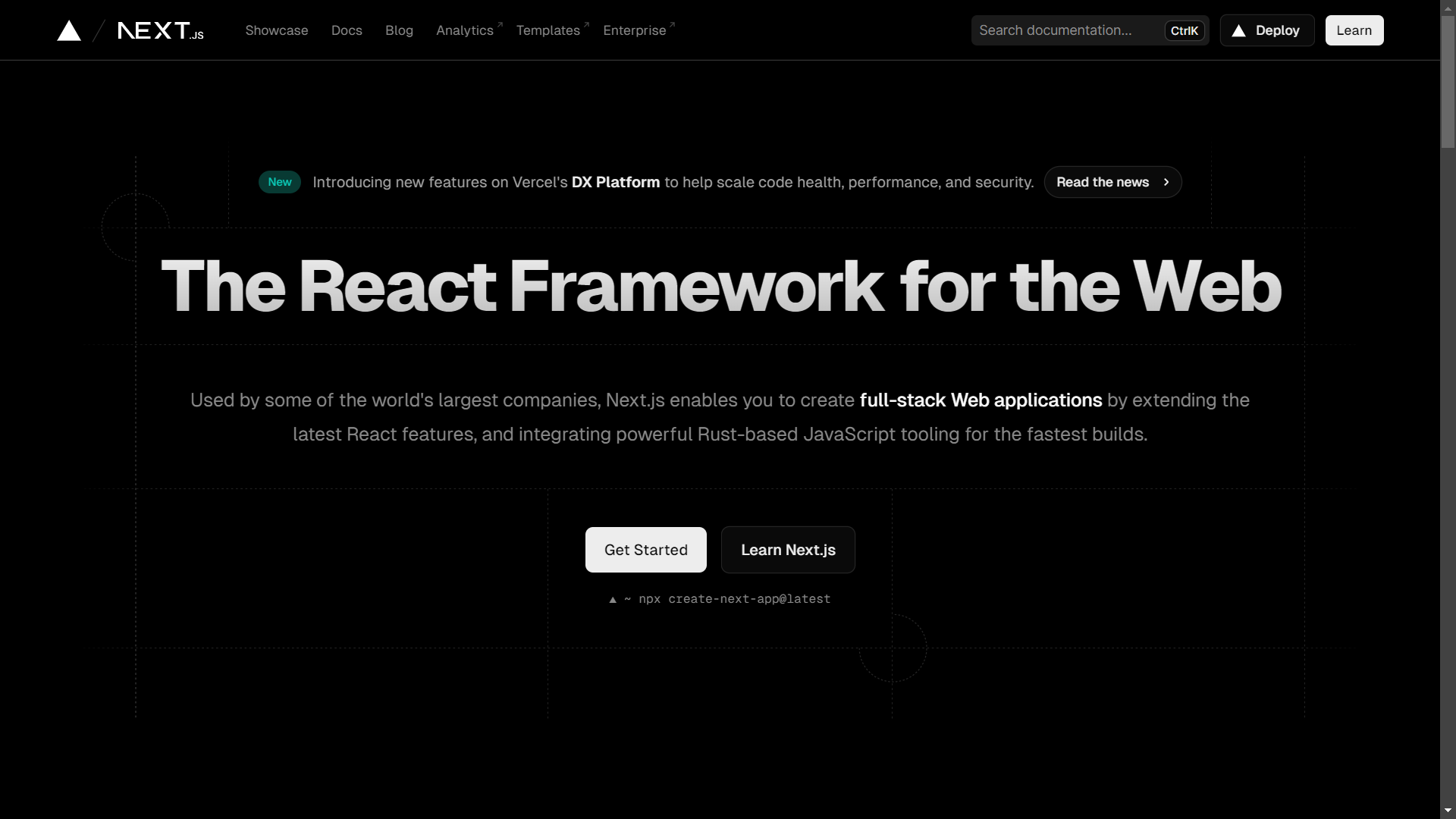
Next.js is a powerful React framework for building server-side rendered (SSR) and statically generated web applications. Developed by Vercel, it simplifies the creation of React applications by providing a range of features such as automatic code splitting, server-side rendering, and easy deployment. Next.js is known for its excellent developer experience and efficient handling of dynamic and static content.
Vue.js
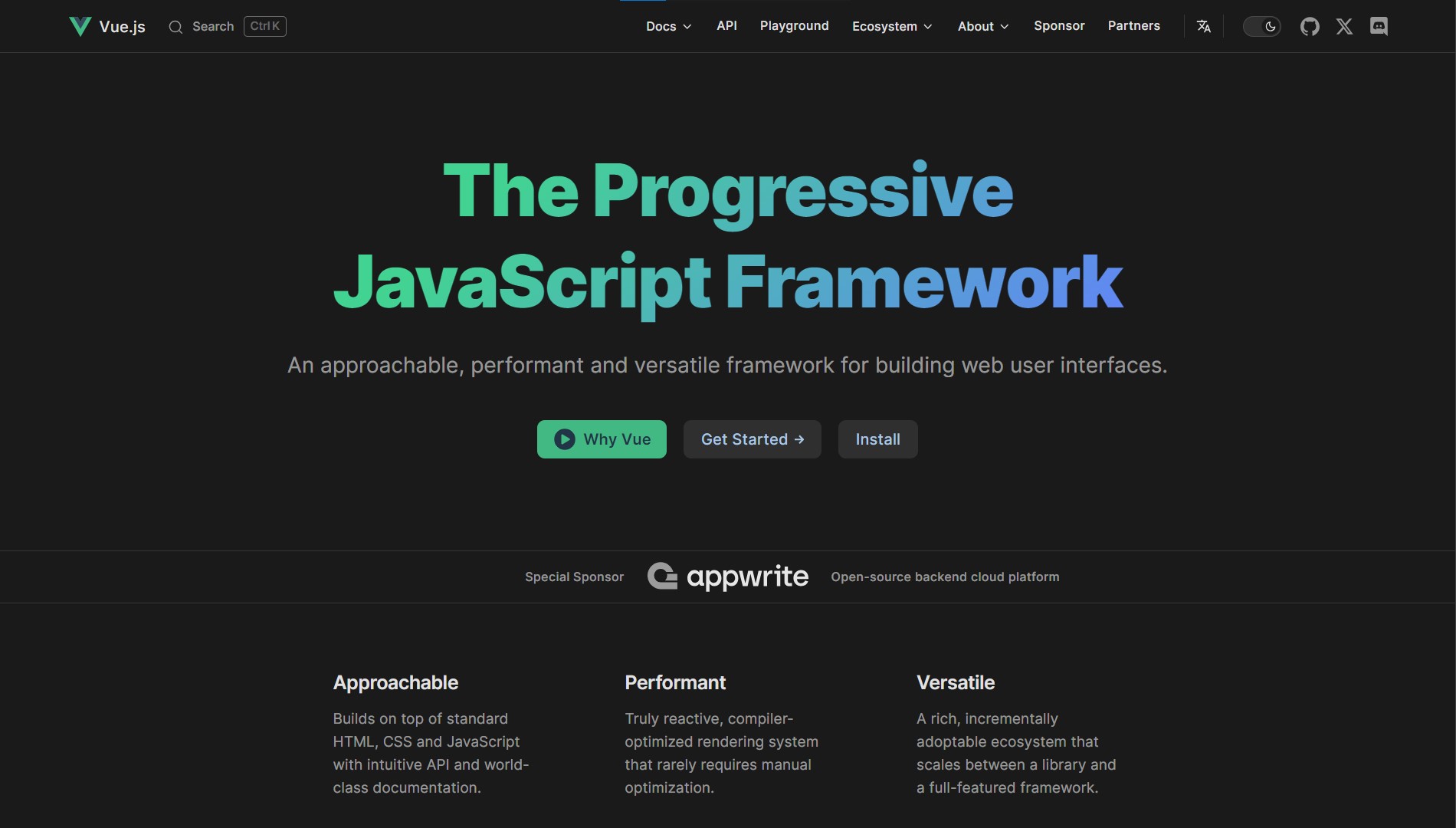
Vue.js is recognized as an MVVM front-end JavaScript framework; hence, it shifts away from the usual MVC architecture. It’s a feasible choice in selecting front-end frameworks, and keeping a close eye on it for many years is valuable.
Nuxt
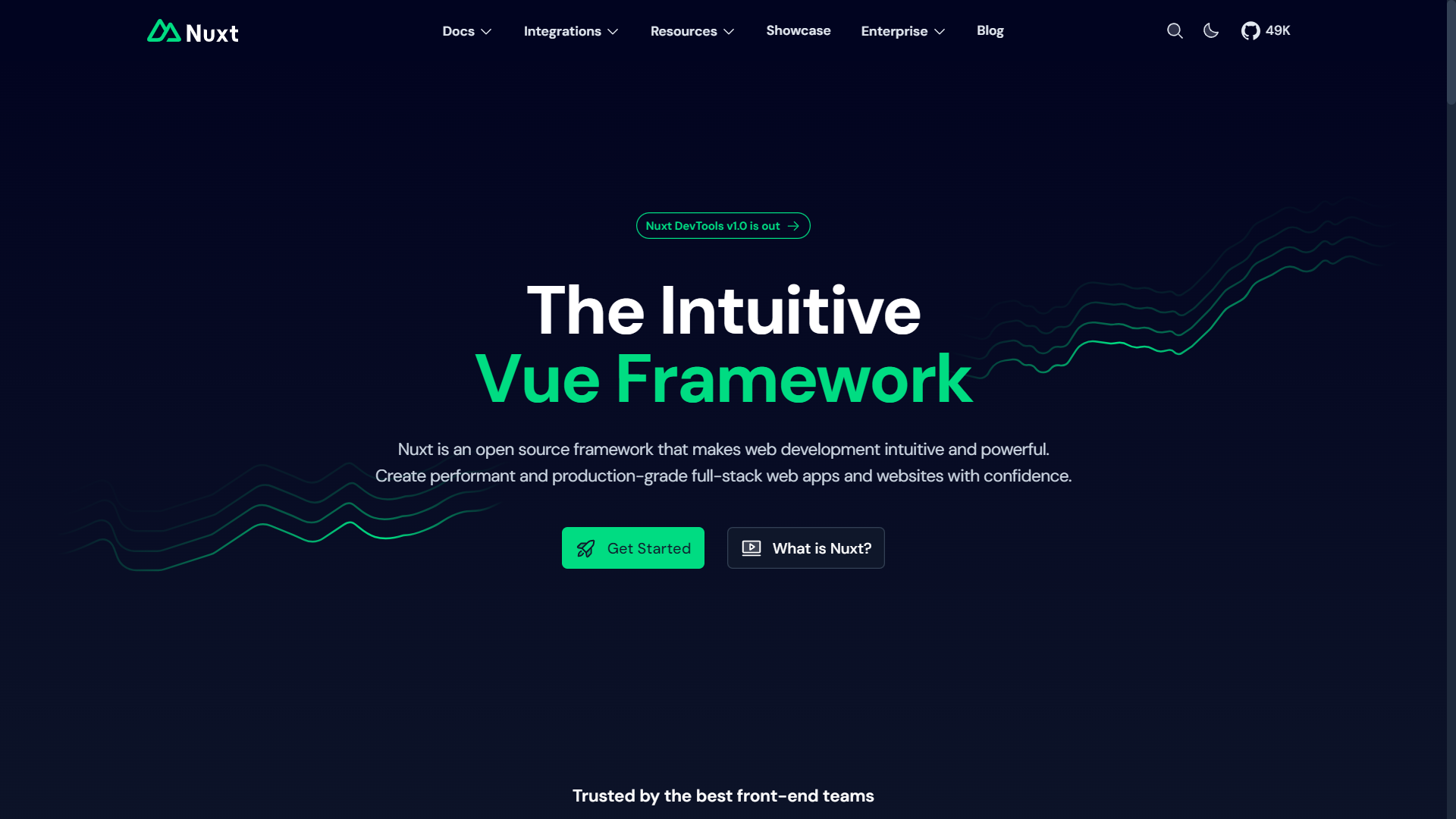
Nuxt.js, designed for Vue.js, offers a higher-level abstraction for creating server-side rendered applications using Vue. It streamlines the development process for Vue applications by providing features such as automatic routing, server-side rendering, and a modular architecture.
Developers particularly favour Nuxt.js javaScript Framework for its convention over configuration approach, enabling a quick start and creating robust Vue.js applications with server-side rendering capabilities.
Ember
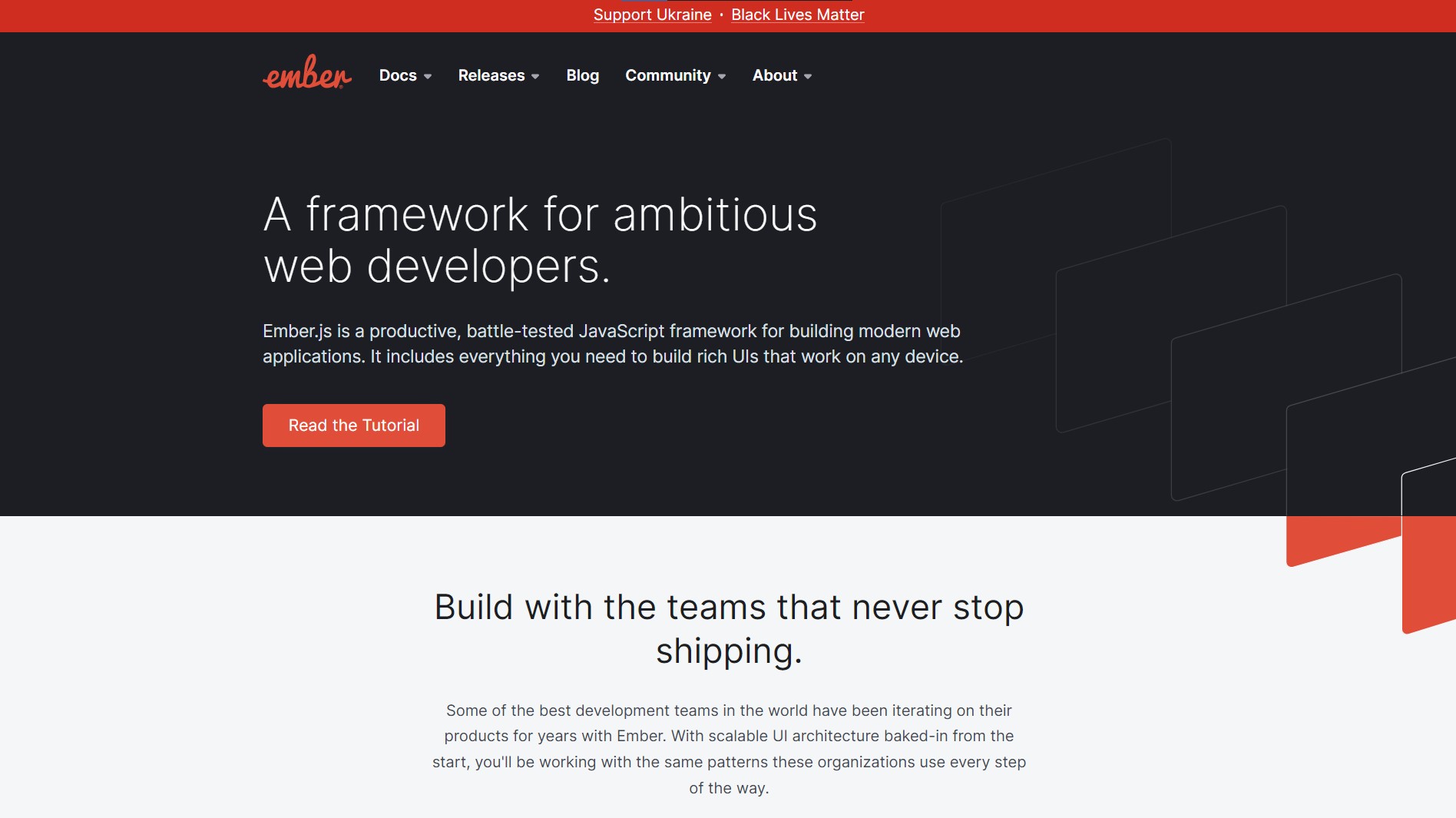
Using Ember, you can insert JS values directly into Handlebars templates with the help of double curly braces. You can add the ‘binding‘ command to a specific HTML attribute; later, Ember will routinely inform the View and Model of your application.
jQuery

jQuery is regarded as a tiny library that converts the entire web into a wholly interactive and amusing experience, with a stated enormous 70%+ of the World’s foremost websites having something to accomplish with it. It is known that jQuery is amongst the most searched frameworks inside the front-end developer orbit.
Backbone

BackboneJS is an easy JavaScript framework implemented for creating structured single-page applications and complex user interfaces. It also supports data structuring while designing web applications using JavaScript on the client side.
D3.js
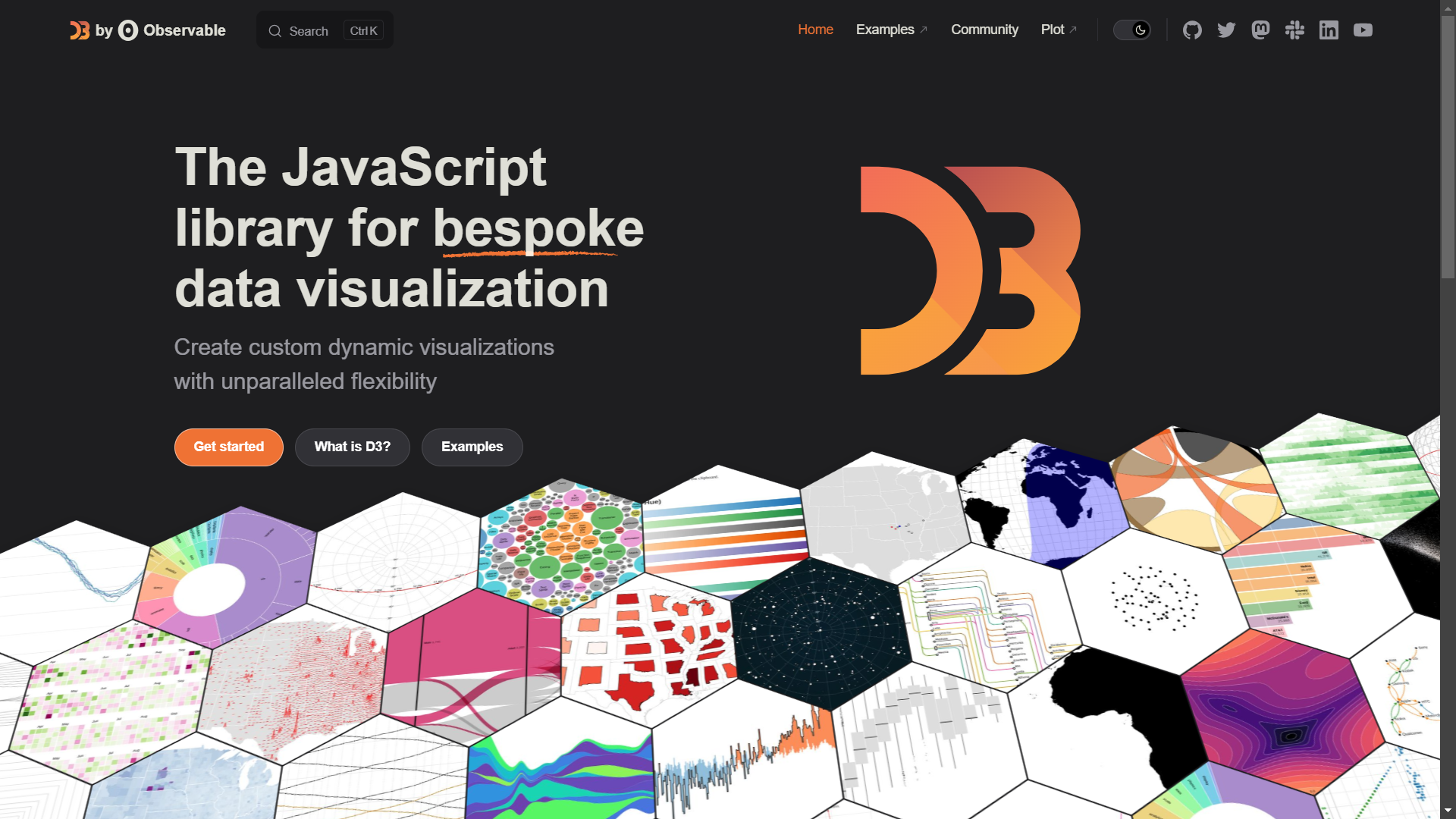
This particular JS library functions with SVG and canvas elements to extract charts, graphs, and dynamic conceptions on the web. It’s free to implement and is considered one of the most commanding visualization tools on JavaScript.
Grunt and Gulp
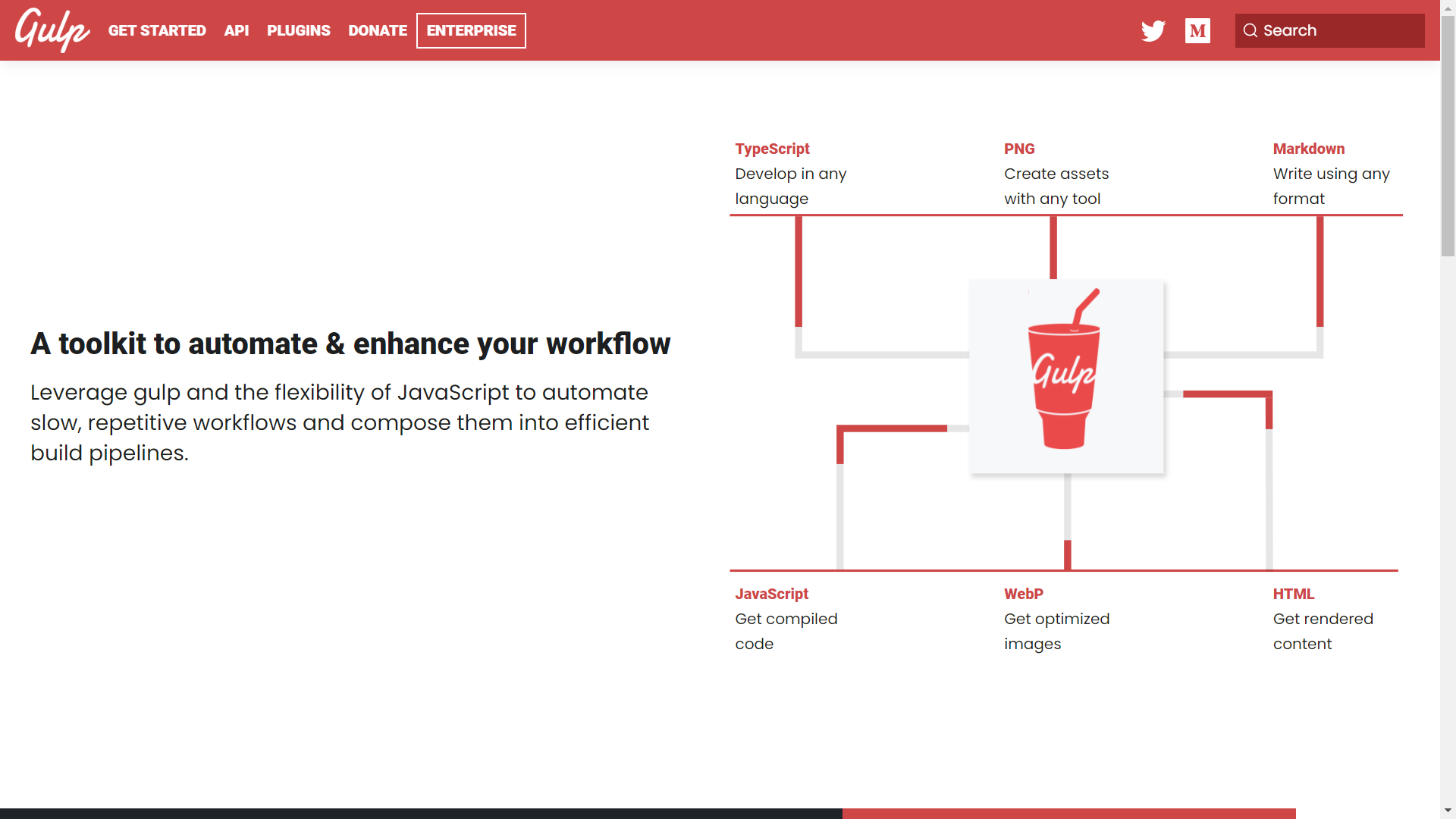
This system is for systematizing a series of interdependent jobs, usually applied for outlining the “build” of your Javascript project. It routinely accomplishes recurrently used tasks like compilation, minification, unit testing, linting, etc.
Node.js
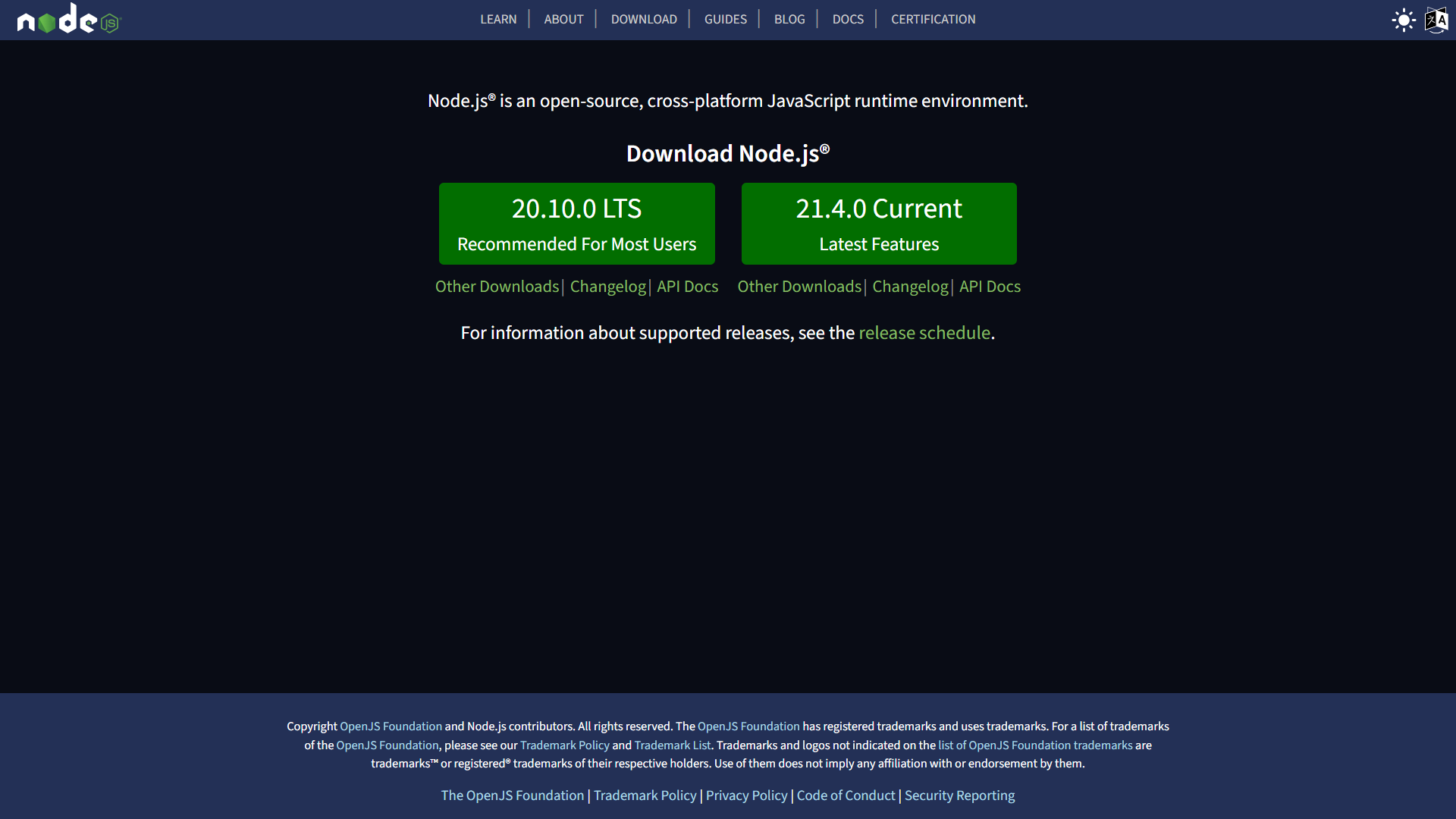
By using this, you can seamlessly accomplish local packages for all your Javascript-based projects directly from the command line. This action effectively creates Node, a comprehensive development tool that performs well with other tools like Gulp. Furthermore, tons of associated open-source projects have been designed on Node; consequently, you can easily work with unit testing in Mocha.js or create a front-end interface using other frameworks.
Reactive.js
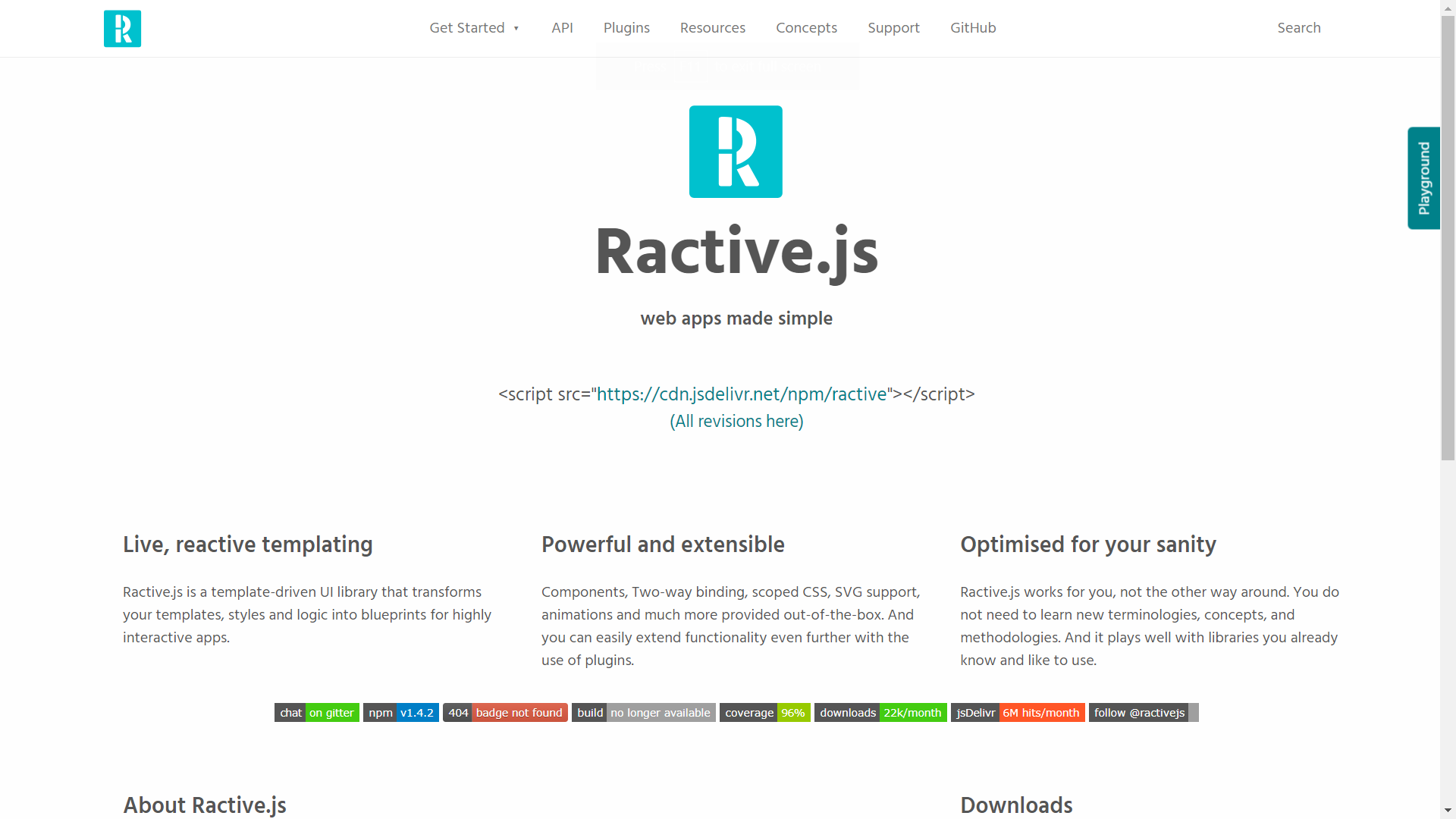
Ractive is one of those few frameworks and libraries that assist in building a more unified experience. Building interactive applications such as experiences in the browser is complex, but this framework can accomplish it.
Meteor
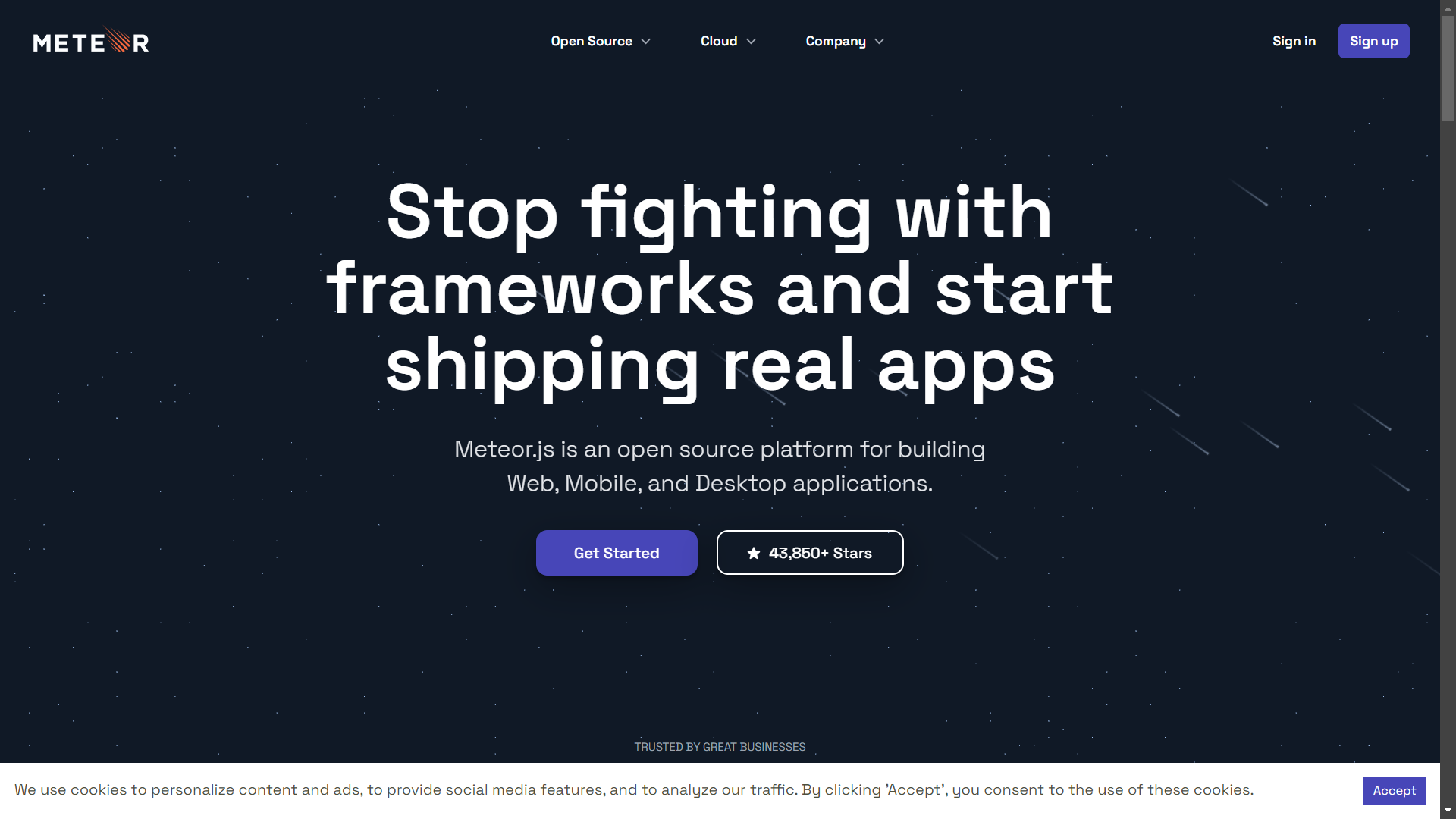
It is proved that you can integrate any platform inside the Meteor framework through outstanding results. It is an open-source project that assists developers in making JS-powered applications irrespective of social communities, real-time chat apps, or custom dashboards.
Chart.js
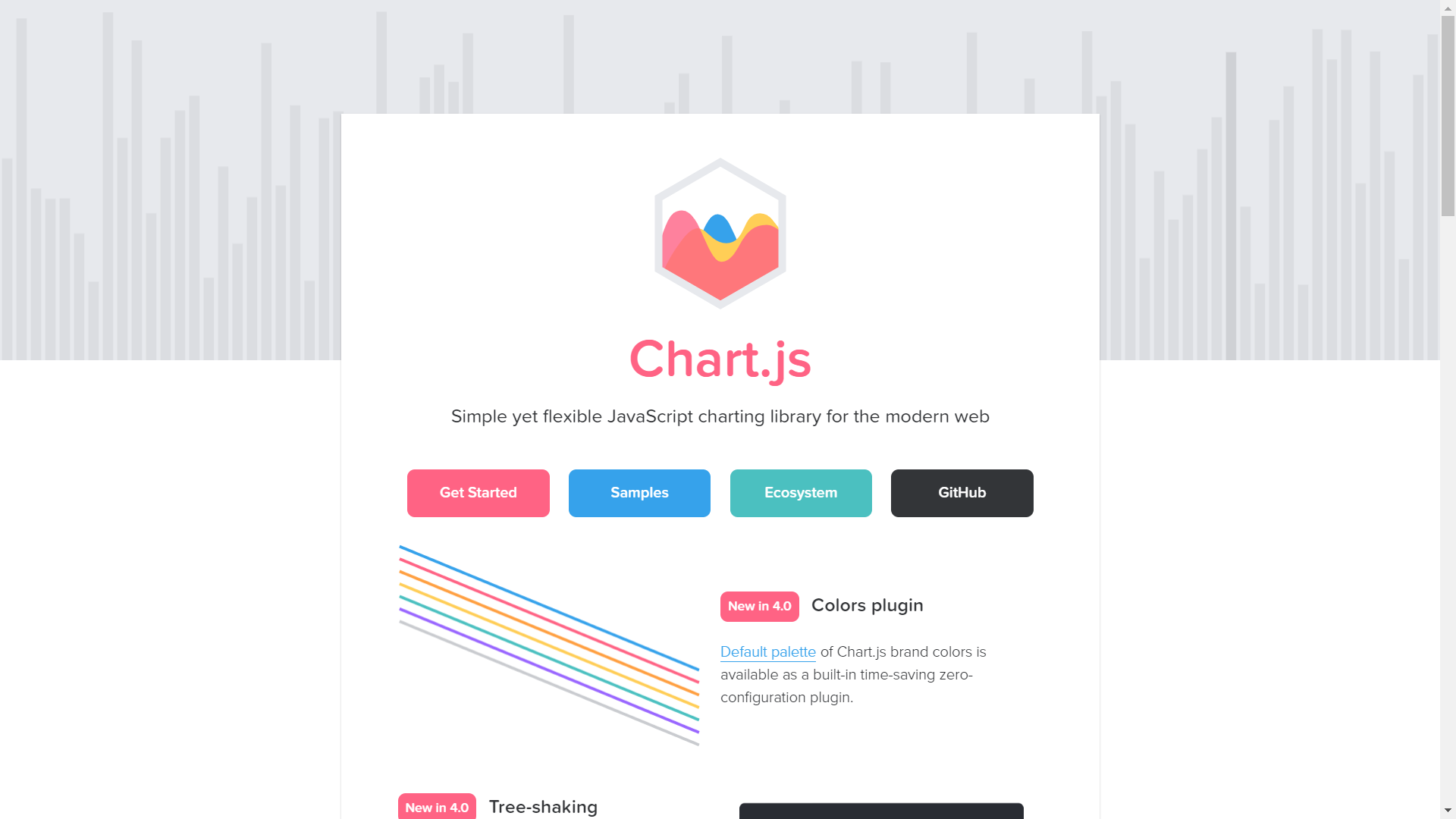
Using Chart.js, you can create line charts, bar charts, bubble charts, and many other identical features through the Canvas API and JavaScript. It is one of the most straightforward libraries of JavaScript for information charting that comes with built-in options for animations.
PhantomJS
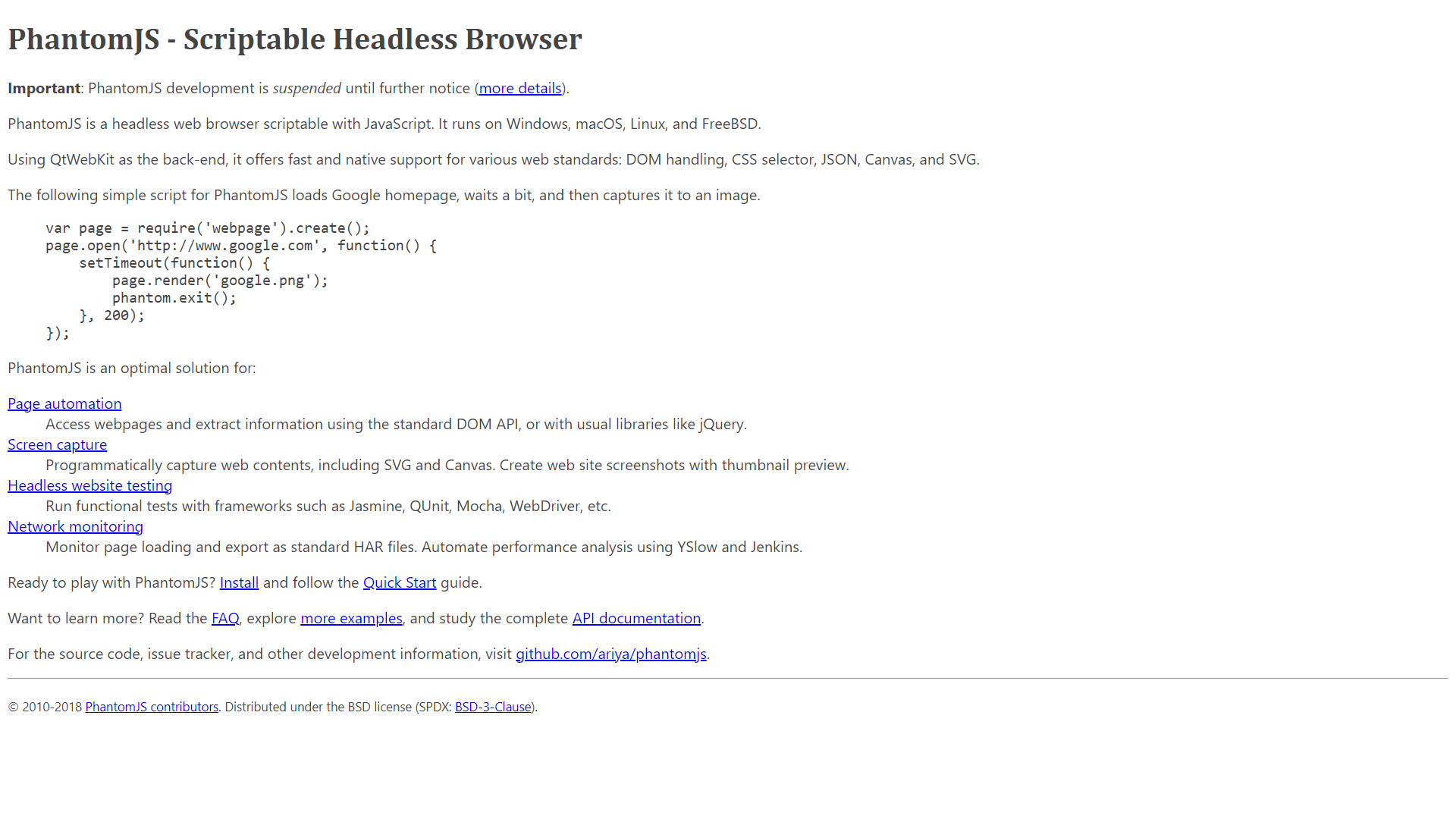
PhantomJS, a headless WebKit with a scriptable JavaScript API, stands out for its rapid and native support for web standards such as CSS selector, DOM handling, JSON, Canvas, SVG, and more. In addition, this tool allows you to monitor page loading, export data in standard HAR files, and streamline performance analysis through integration with Jenkins and YSlow.
Moreover, its versatility and comprehensive feature set make it a valuable asset for tasks ranging from web standards implementation to performance optimization.
Riot.js
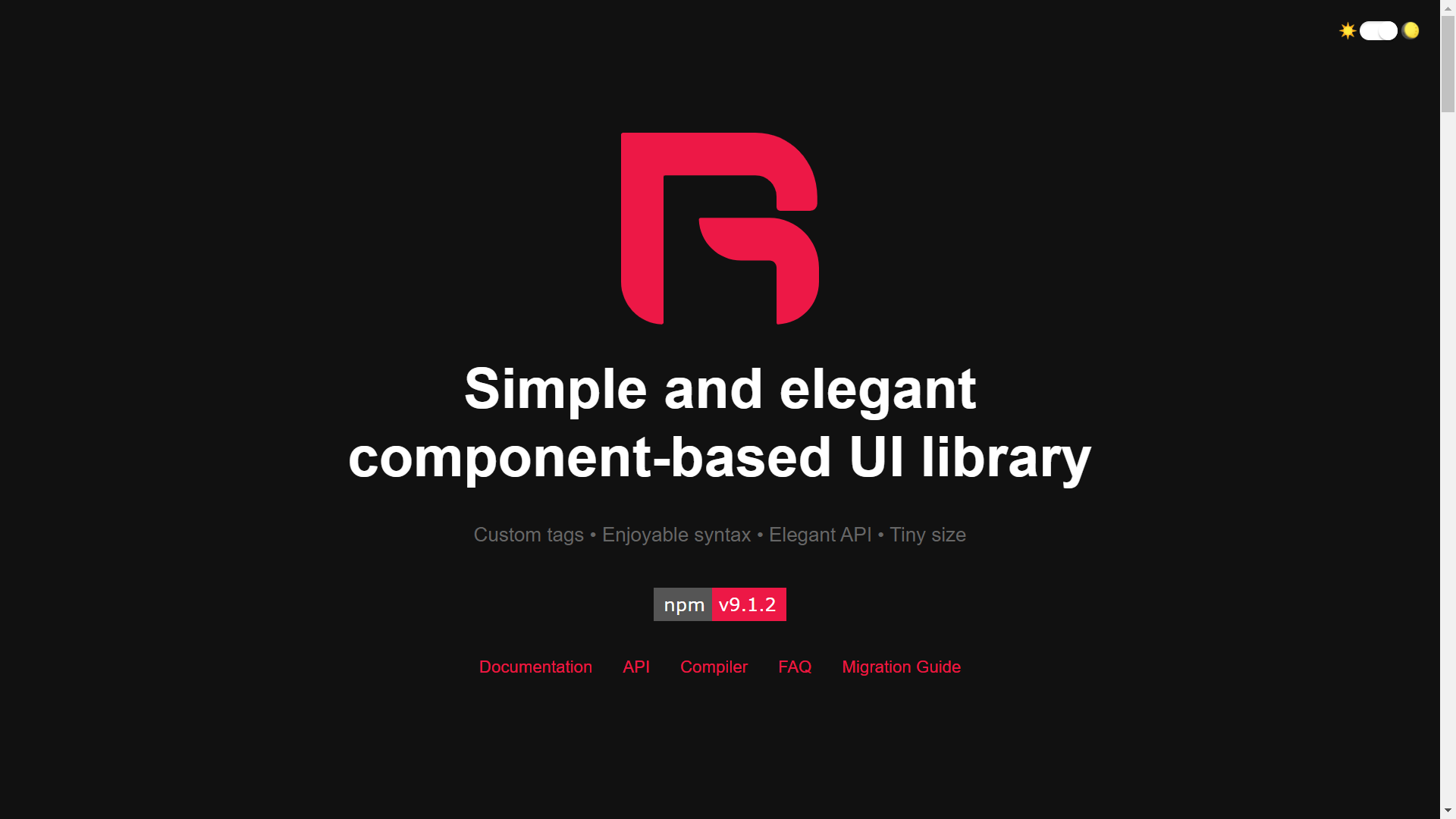
Today, Riot.js is placing up a solid fight, providing an excellent substitute for React. Through using it, you still gain access to a virtual DOM; however, it’s much simpler to regulate through more straightforward syntax necessities. It is also a healthy substitute and a suitable competitor in the front-end space.
You need to grasp various new terms, conventions, approaches, and custom attributes to employ the JavaScript framework or library. The best JavaScript frameworks and libraries you are recommended to try are described above.